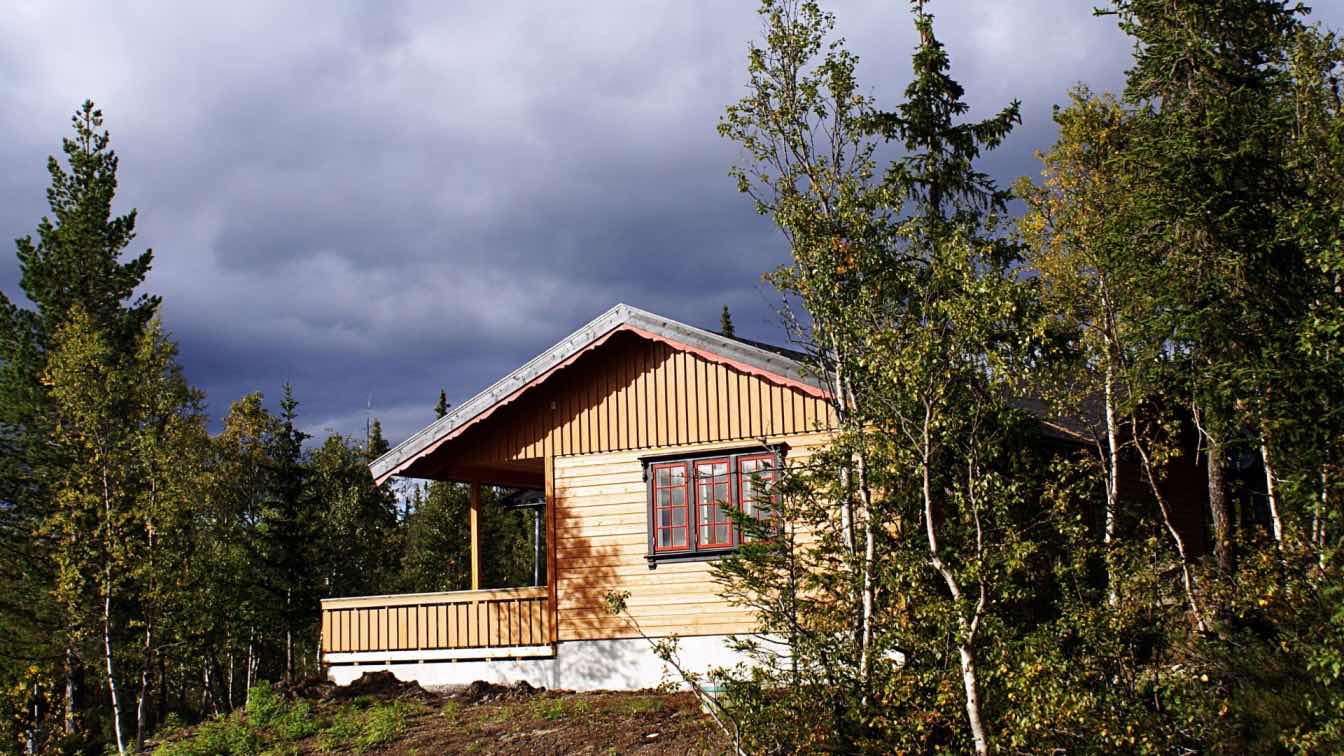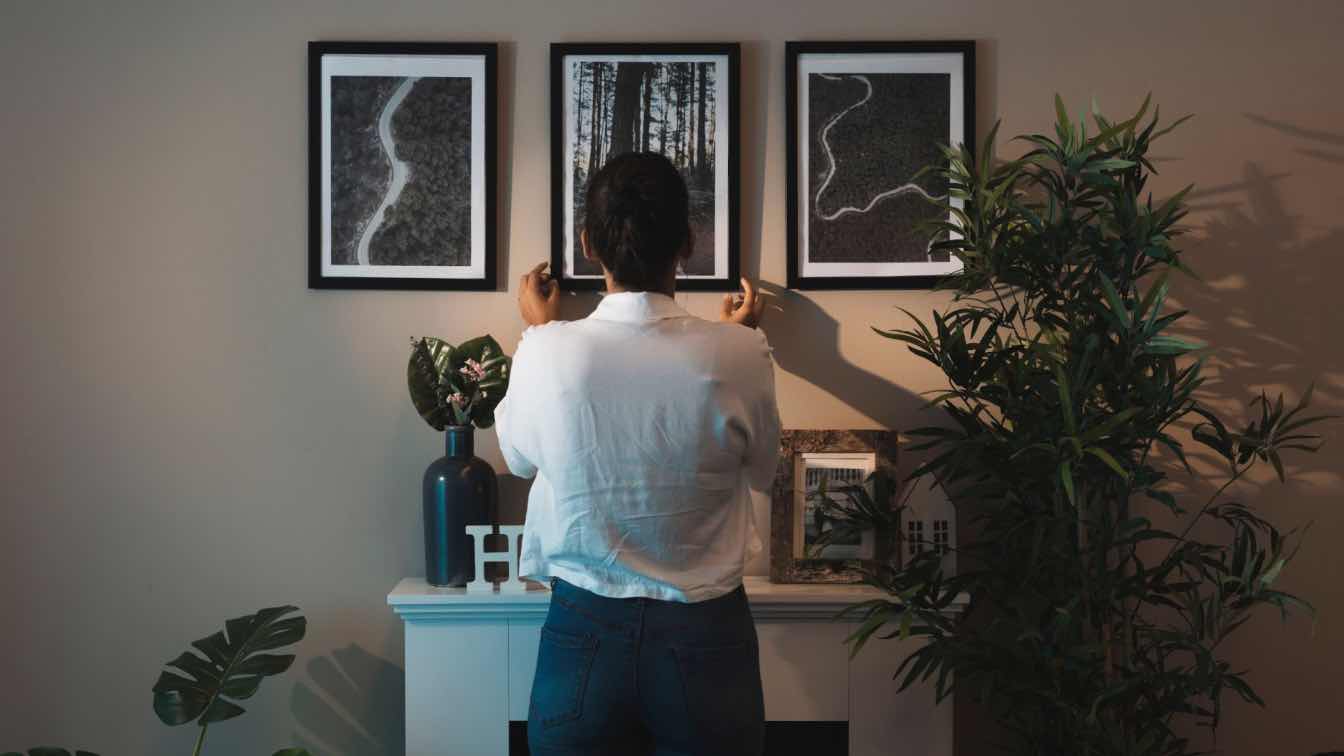Whether you’re making a bespoke dining table for your family home or polishing off the final elements of some delicate architraves and skirting, ensuring your environmental friendliness is paramount. Read on to find out the best ways to ensure you’re using sustainable wood in your projects.
Use Certified Timber
Tracking down timber that has all the relevant certifications is the most important part of environmentally sound carpentry. The main reason for this is that these organizations take the time to do checks and investigations to ensure that wood is produced safely, securely, and sustainably.
The main two certification boards are the Forest Stewardship Council and The Program for the Endorsement of Forest Certification. These two organizations ensure that forests are replanted at the same rate at which they are harvested. This process is important for stalling the process of climate change as much as possible, as well as ensuring that there’s always plenty of timber for the construction industry to use.
It is easier than ever to track down sustainable timber, and most builders merchants have it. It’s often around the same price as conventional lumber, too, depending on the location of the merchant and the type of wood. Therefore, there’s really no reason not to buy certified timber - it ensures that woodlands are managed well and not overburdened while also ensuring the future of the planet.
The Forest Stewardship Council
The Forest Stewardship Council is an international organization that runs perhaps the largest certification program for lumber and logging companies. It was founded in 1993 and has headquarters in Bonn, Germany.
Perhaps the most important work that the FSC does is identifying which forests in the world are irreplaceably old. These old-growth forests are then marked as protected locations, and logging cannot be carried out on them - this ensures the wellbeing of the local ecosystem while also aiding in the fight against climate change.
The Programme for the Endorsement of Forest Certification
The PEFC is another international organization that protects trees, woodlands, and forests wherever possible. Again, it does this through third-party certification and has been doing so since 1999, operating mostly throughout Europe.
The PEFC's methods differ from those of the FSC in that the PEFC works with local and national governments to help with the big-picture protection of forests and trees. The PEFC mostly operates in Europe but does have influence on a worldwide level.
Environmental Practices
As well as buying sustainable timber, it’s important to ensure that you use sustainable environmental practices when doing any carpentry. Here are three important practices to bear in mind.
Reduce waste
While some waste is unavoidable in carpentry, doing what you can to mitigate the amount of it is vitally important. For instance, you may prepare templates for your main pieces, and use them on top of a wooden panel to find the most efficient way to cut the pieces you need.
You could also make the waste you do generate have some utility. For instance, if you have a log-burning fire, you could save your scraps for use on that - saving yourself some money and the world from some waste.
Ventilate timber
Ensuring that any and all timber you use is totally dry before you use it is vital to ensure that it will be an effective final product and that it will stand the test of time. Allow all of your wood to properly ventilate so that it can be worked easily and then maintained well for the rest of its life.
Green energy
While carpentry doesn’t always involve power tools, using green energy when it does is a great way to ensure you’re a sustainable carpenter. This also goes for any power or heating needs your workshop may have - whether you’re making a cup of tea or steaming planks of wood for furniture making, the power you’re using should always be green in origin.
Ensuring that you’re using sustainable timber is much easier than you might think in the modern world - with FSC and PEFC certification labels ensuring you can easily spot the best timber to buy. Pairing these sustainable buying practices with deliberate and efficiently low energy usage is a great way to ensure all of your projects are as sustainable as possible.





